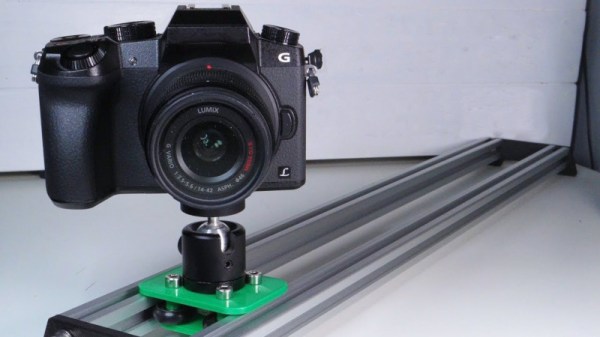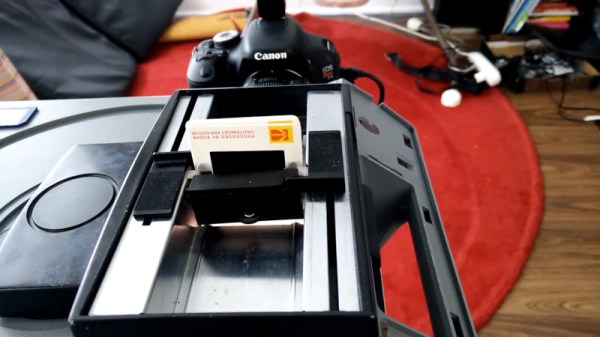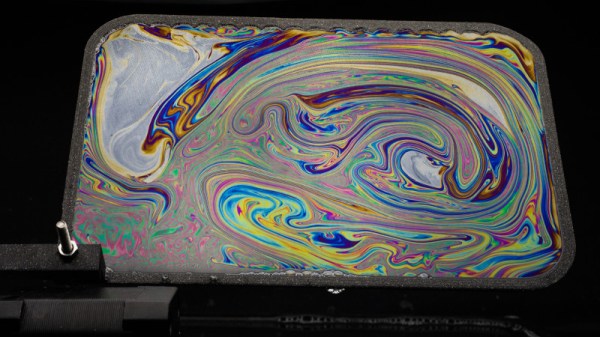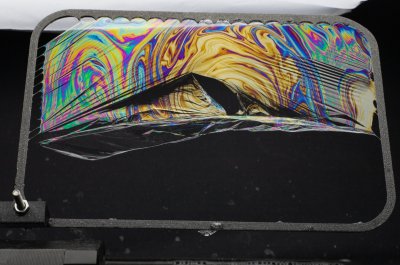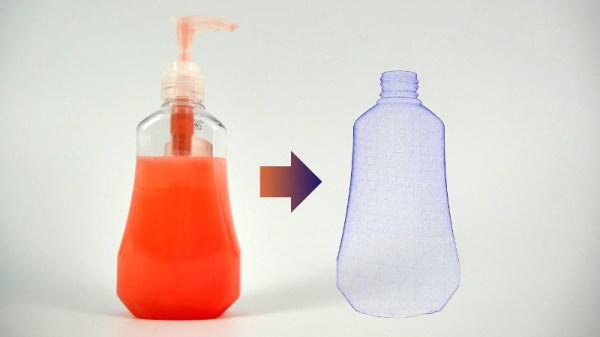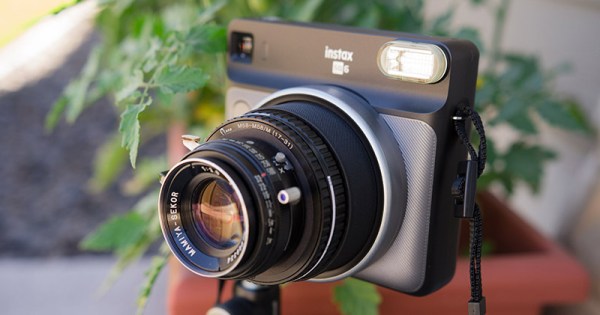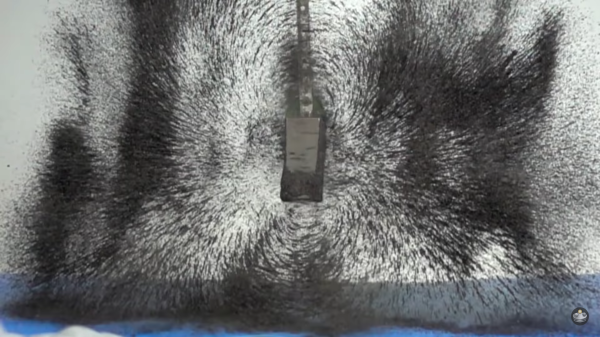If you want to take a long exposure photograph, you need a tripod to hold your camera steady. But a tripod won’t help when the ground it’s standing on is moving. That’s exactly the problem [Emvilza] ran into when he wanted to take minutes or hours long photographs of the night sky. His solution was to build a barn door tracker, which he carefully documented in both English and Spanish.
Barn door trackers, also known as scotch mounts have been used by photographers for many years to cancel out the rotation of the earth. This causes stars to appear frozen in the sky and allows for photographs of very dim celestial objects. These trackers range from simple hand-cranked affairs to complex mechanical creations. [Emvilza] decided to have a go at designing and building his own tracker, using only basic tools, as he didn’t have access to a CNC or 3D printer.
The tracker itself is built from wood, with metal hardware. [Emvilza] spent a ton of time designing the tracker using SketchUp. The carefully drawn plans ensured everything would fit together and operate correctly.
One of the toughest parts was accurately bending a threaded rod enough to make it work with the tracker, but not bind the drive system. The mount’s motion comes from a threaded rod. The rod is driven by a stepper motor. Control and sensing is handled by an ATmega328 programmed using the Arduino toolchain. [Emvilza] learned Eagle and designed a PCB. Rather than etch a board, he simply built the circuit on perfboard, following his layout and traces.
The end result is a tracker that looks and performs great — just check out the images on [Emvilza’s] site to see some examples. Not only that, [Emvilza’s] well written documentation will help anyone looking to build a tracker in the future!


